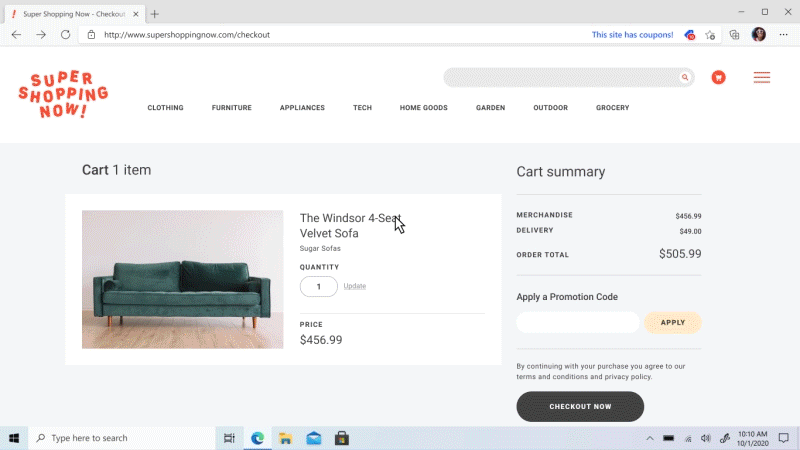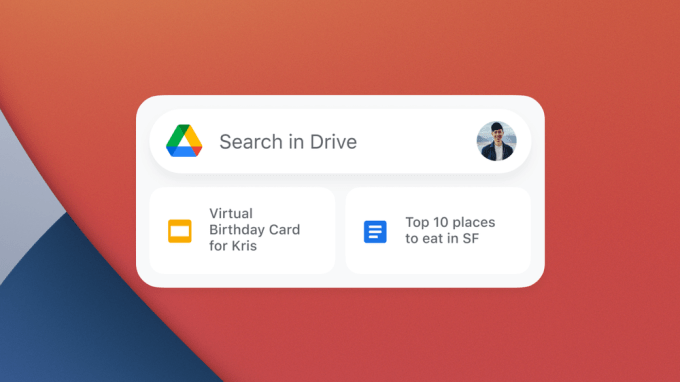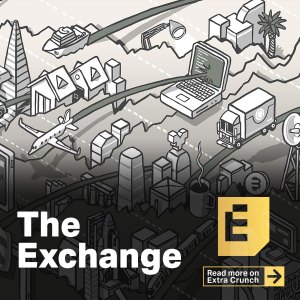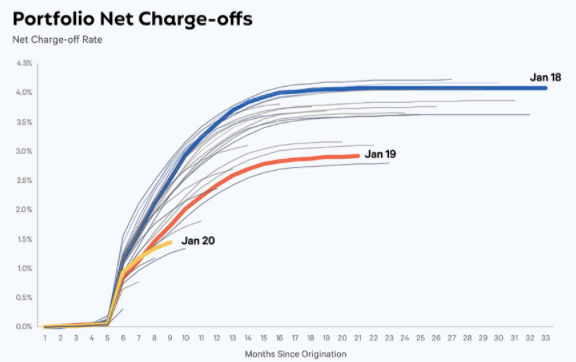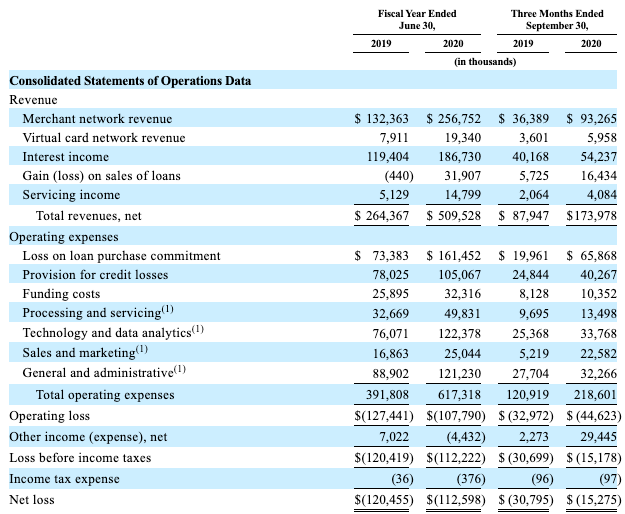News: Astra targets December for next orbital launch attempt
Astra is set to launch it’s next orbital rocket, with a window that opens on December 7 and lasts for 12 days following until December 18, with an 11 AM to 2:30 PM PT block each day during which the launch could occur, depending on weather and conditions on the ground. This is the startup’s
Astra is set to launch it’s next orbital rocket, with a window that opens on December 7 and lasts for 12 days following until December 18, with an 11 AM to 2:30 PM PT block each day during which the launch could occur, depending on weather and conditions on the ground. This is the startup’s Rocket 3.2, a slightly revised and improved version of the Rocket 3.1 launch vehicle it flew in September.
Alameda-based Astra is a startup focused on building a small, relatively cheap-to-build launch vehicle that can carry small payloads to space at a rapid clip, with flexible launch location capabilities. It’s founded by former NASA CTO Chris Kemp, and backed by funding including Mac Benioff, Innovation Endeavors, Airbus Ventures, Canaan Partners and others, and it already has an active rocket assembly factory operating in the East Bay.
The company was originally founded with the goal of winning DARPA’s Launch Challenge, though the deadline for that has since passed. Astra still aims to essentially satisfying the functional requirements of that competition, by creating a launch vehicle that can be launched essentially on-demand when needed by clients looking for more responsive and mobile spaceflight capabilities, including the U.S. Department of Defense.
The goal of this next flight is similar to the goal of Rocket 3.1 in September: Essentially to study the startup’s rocket and boost its efficiencies while building its effectiveness. Actually reaching orbit isn’t a primary goal yet, but is a secondary, nice-to-have aim of this launch, which will take off from Kodiak in Alaska. The company already learned a ton from its first launch, including lessons that led to changes and improvements made to Rocket 3.2. It has always aimed for a three-flight initial orbital launch test series, and will also fly a Rocket 3.3 after this one incorporating additional lessons learned.


